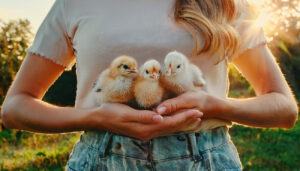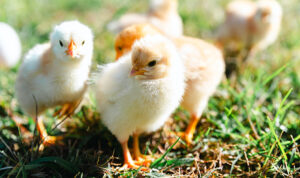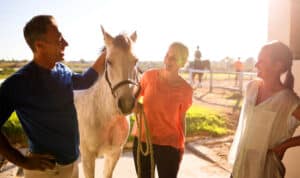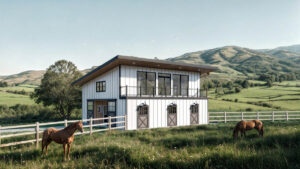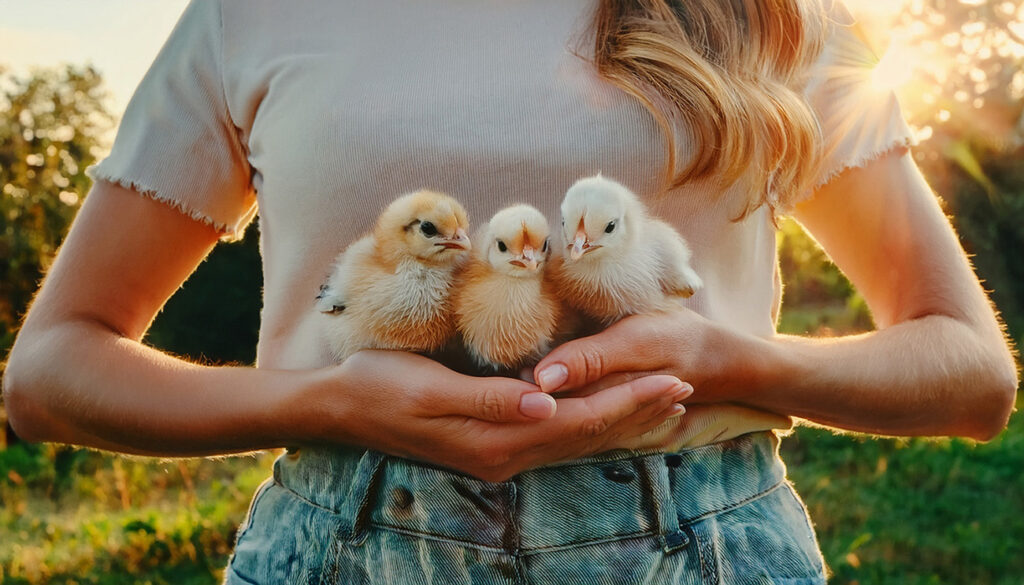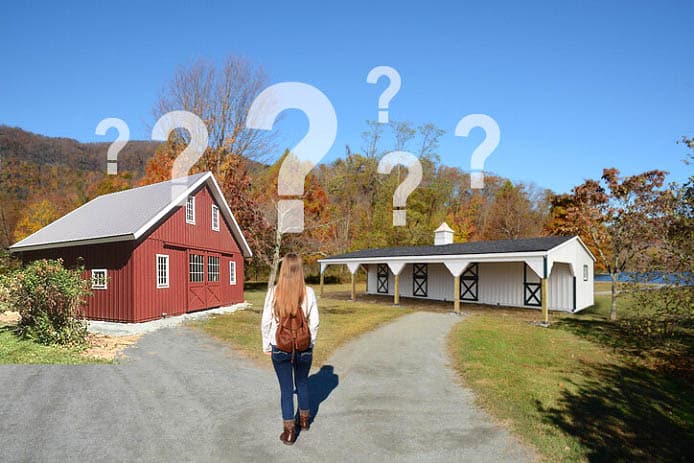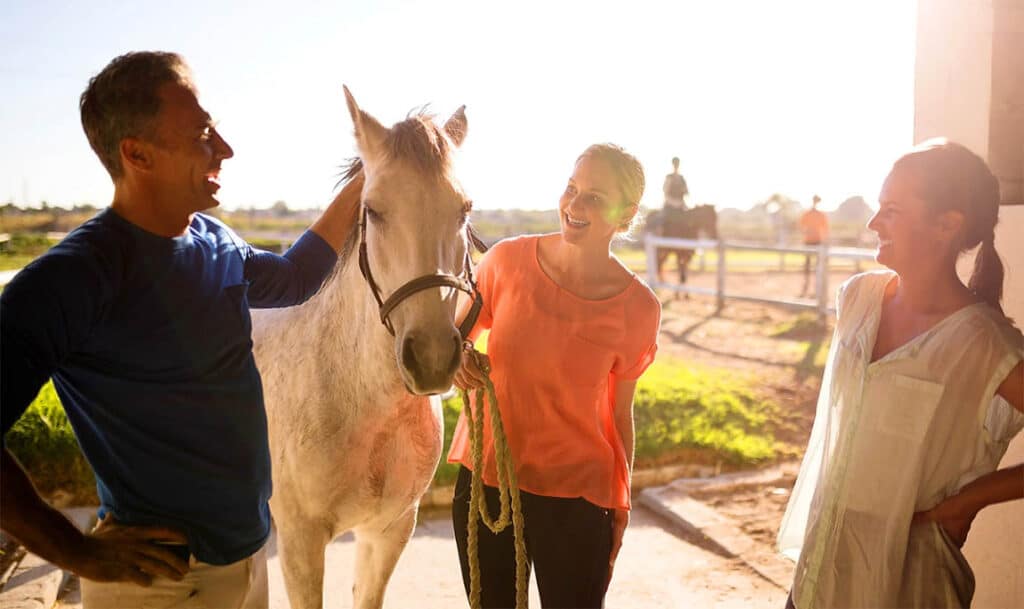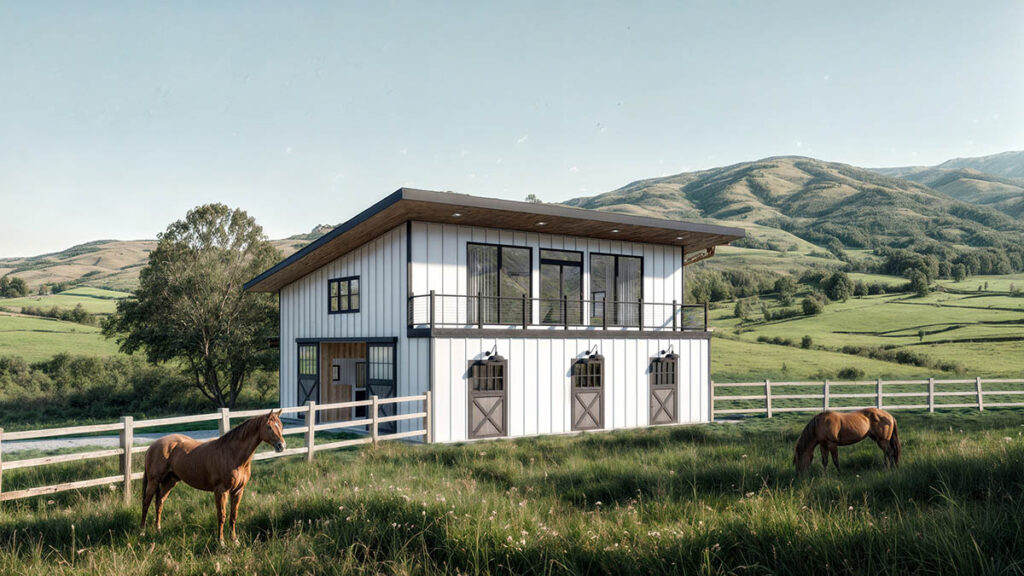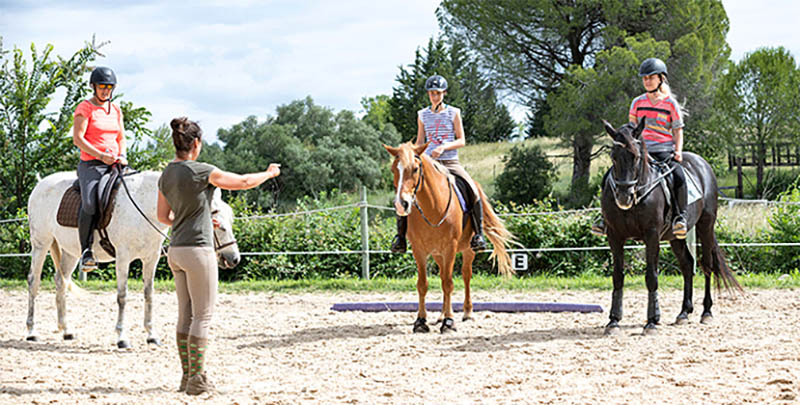As temperatures reach 85-90° F and high humidity compounds the ambient heat chickens are vulnerable to heat stress. Just as dogs pant when they are hot as they are unable to sweat to cool down through their coats and skin, chickens cannot sweat through their skin and feathered coated bodies and will pant when overheated. Learn how to keep chickens cool in summer and extreme heat below.

Both species rely on their feet to dissipate heat and both species will move their tongues back and forth to try and cool down. Chickens will flap their combs and take their wings away from their bodies to mitigate the adverse effects of heat. Lost egg production, lethargy and inappetence are all signs of heat stress.
Chickens dissipate heat through their blood flow through the comb, wattles and limbs. If the chicken’s average temperature exceeds 103° F then this method of cooling the bird will be insufficient to keep it cool. A pale colored, panting bird is one that needs immediate attention.
Also, just as in canines the heavier the breed the more likely it is to suffer from heat stress. Death can result from severe dehydration and overheating, and appropriate measures should be taken to minimize the health risks to the flock during periods of extreme heat.
Choose Your Chicken Breed Wisely
Chickens that are used to constant hot temperatures and humidity generally fare better than those subject to random heat waves where their metabolism and habits have not become used to the climate.
Certain breeds are more heat tolerant than others. The Australian Orpington, the Rhode Island Red and the Campine are all examples of breeds that are good choices for regions where temperatures regularly exceed the 85° F mark.
Ventilation and Shade
Passive ventilation is essential in the coop. When aided by gable vents, securely protected open windows and doors, the airflow in the coop can be significantly improved. Doors should of course be secured closed at night.
Mechanical ventilation by a solar powered or hardwired fan can aid the airflow on very hot days. Be certain to place any wires in conduit and secure them in areas out of the reach of pecking birds. It is also prudent to utilize a commercial grade versus residential grade fan, as commercial fans have sealed motors that mitigate the risk of fire caused by dirt, dust and debris entering the motor of the unit.
Misters and sprinklers can also be used in the run or yard to offer cooling for the birds. Even if the chickens don’t get wet the cooled air will improve their oxygenation.
Shade from a tree or large bush can be helpful but the best practice is to have a secure covered run that allows the chickens the choice to seek their preferred spot to sit out of the sun.
In very hot climates an open-air coop is a good option, but it should be roofed and secure from predators.
Don’t Overcrowd
Chickens generally require 3-foot square coop space per chicken but in hotter climates allowance of a larger space 4–6-foot square is optimal to maximize airflow and avoid overcrowding that may result in heat stress.
Think of the difference in airflow you feel standing in a crowded subway car versus sitting on an open-air terrace with just a few companions.
No Deep Litter – Take the Duvet Off
In cold months the deep litter bedding method emanates heat that is valuable in keeping the flock warm. For obvious reasons this is not desirable during sweltering summer weather. A 2- or 3-inch litter of pine shavings offers a cooler coop environment.
Akin to us removing the duvet and switching in a flat cotton sheet on a bed, a clean fresh bed with minimum cover will help keep the inhabitant cool.
Get A Pool And/Or Dust Bath
Taking a dip in a kid’s paddle pool filled with cool water is welcomed by a hot chicken. Fun to watch but also an invaluable aid in cooling down the chicken’s body temperature, this is a great way to play.
There is some controversary about whether a chicken likes water baths, but if the chicken will use one this method of cooling it down can be effective.
Tossing the chicken in a chlorinated or salt swimming pool is not a good idea!
Dust baths can also be helpful in helping to keep chickens cool. The added advantage is that the right mix dust bath can also help eradicate or mitigate fleas and mites.
Dining Delights – Cuisine Matters
Freezing the chicken feed for one hour or so before feeding can help cool the chicken but also improves the desirability of the feed. This is especially useful for chickens that are lethargic and off their food.
Treat your chickens to frozen watermelon, berries and other high moisture content fruit and veggies. Be sure not to over supplement with these frozen treats as they are no substitute for the regular feed. Less than 12% of the chicken’s regular diet should be in the form of treats.
Cold Water
Cold fresh water is essential year-round but in summer it is ever more important. Keep all water in the shade and as cold as possible and offer multiple sources. A gallon of water per 7 chickens is the norm and providing many sources can encourage drinking.

Ice can be put in the water to keep it cool.
Electrolytes can be added to the water if the chickens show signs of lethargy, but this should be an alternate source not the only source of water. As with horses and other animals it is essential that they have a free choice between the treated water and regular fresh water so their bodies do not become overloaded with minerals and salts.
Remember to clean the water containers periodically with a 10% bleach/90% water cleaning solution and rinse thoroughly.
Treatment For an Overheated Chicken
Effective and immediate reduction of the chicken’s body temperature is best affected by submerging it up to its neck in cool water.
Provision of ice-cold water with electrolytes, placement in an air-conditioned space in an animal carrier, crate or other confinement option or in a cool garage can make a big difference to a heat stressed bird.





